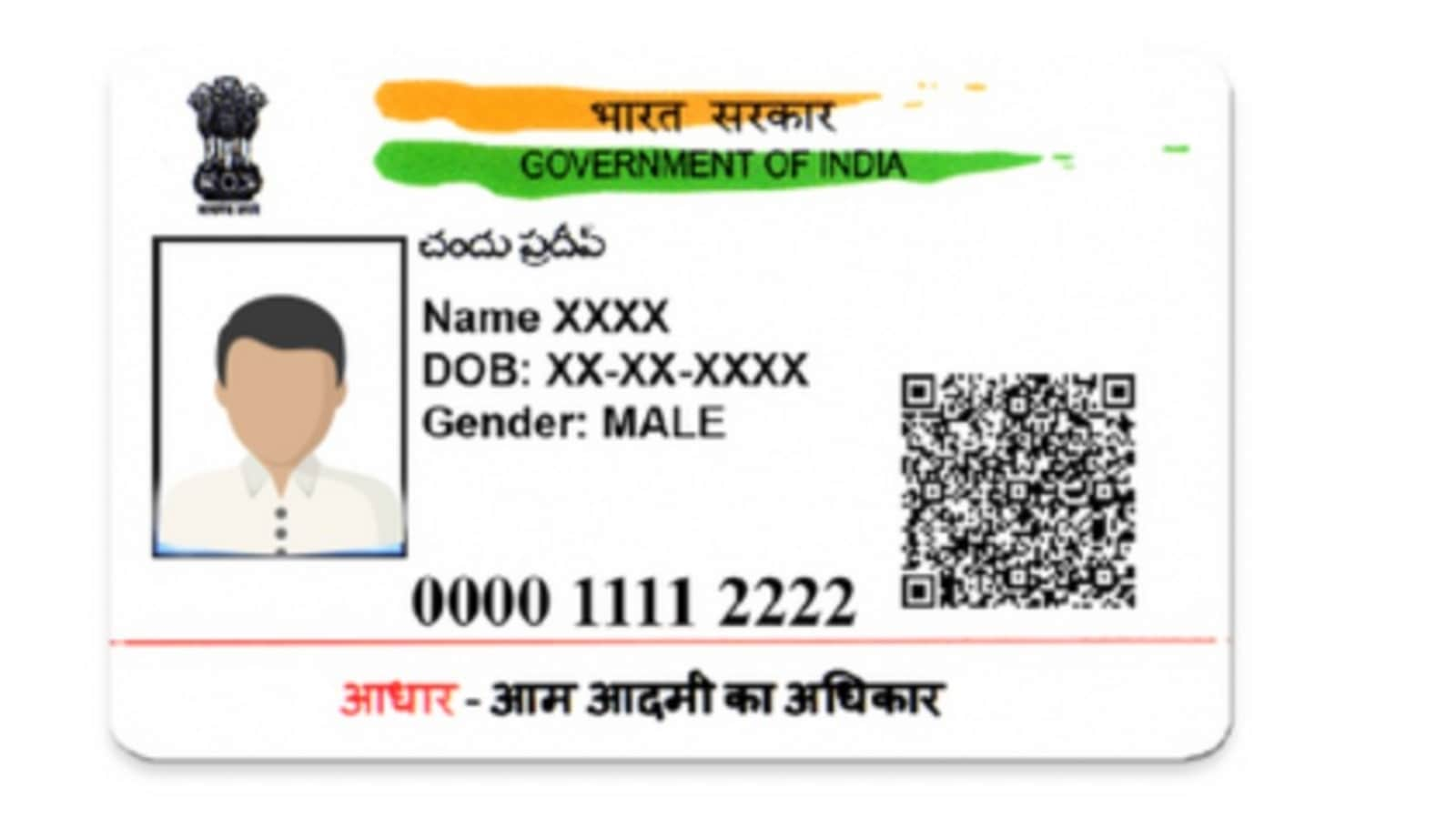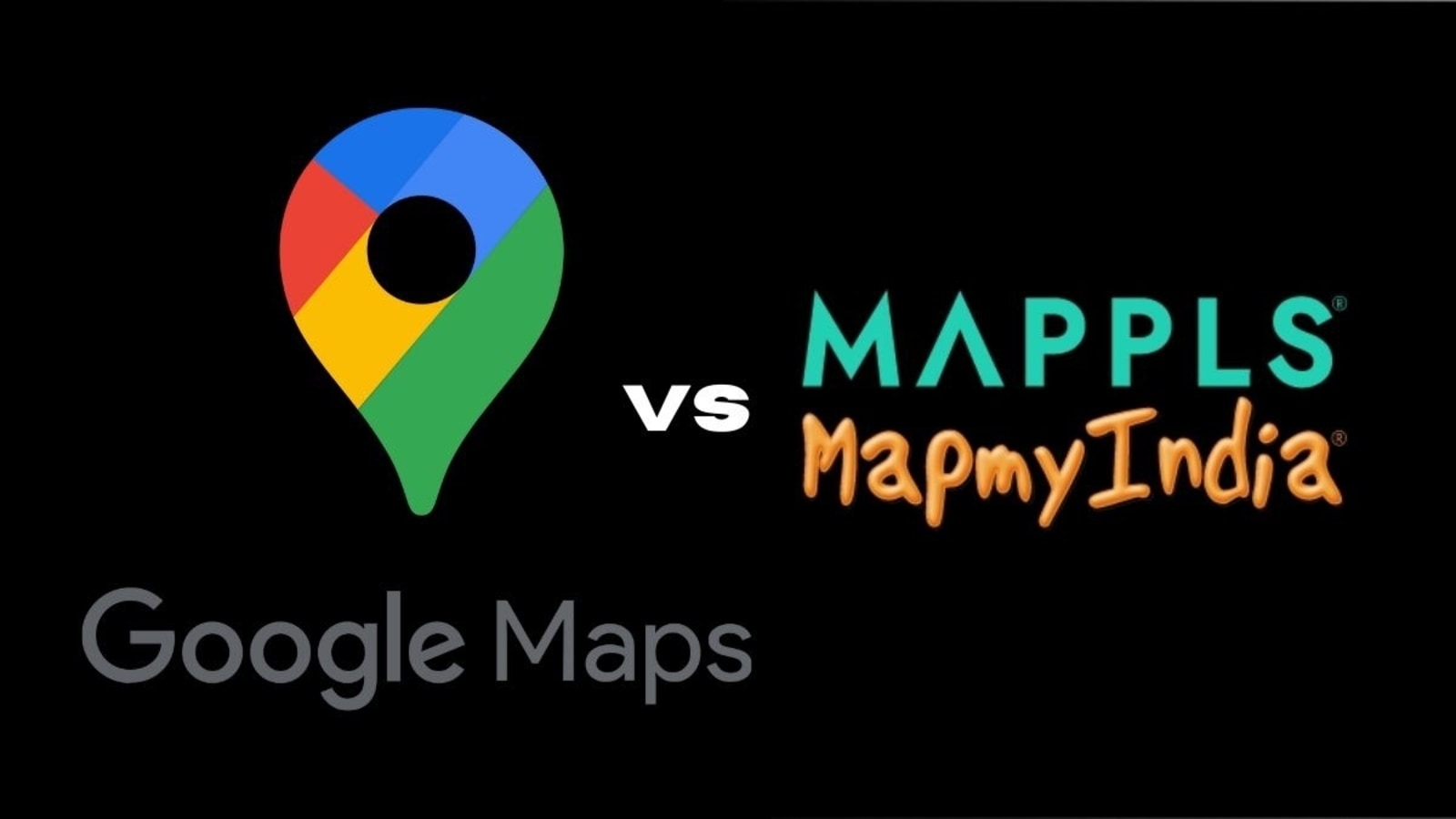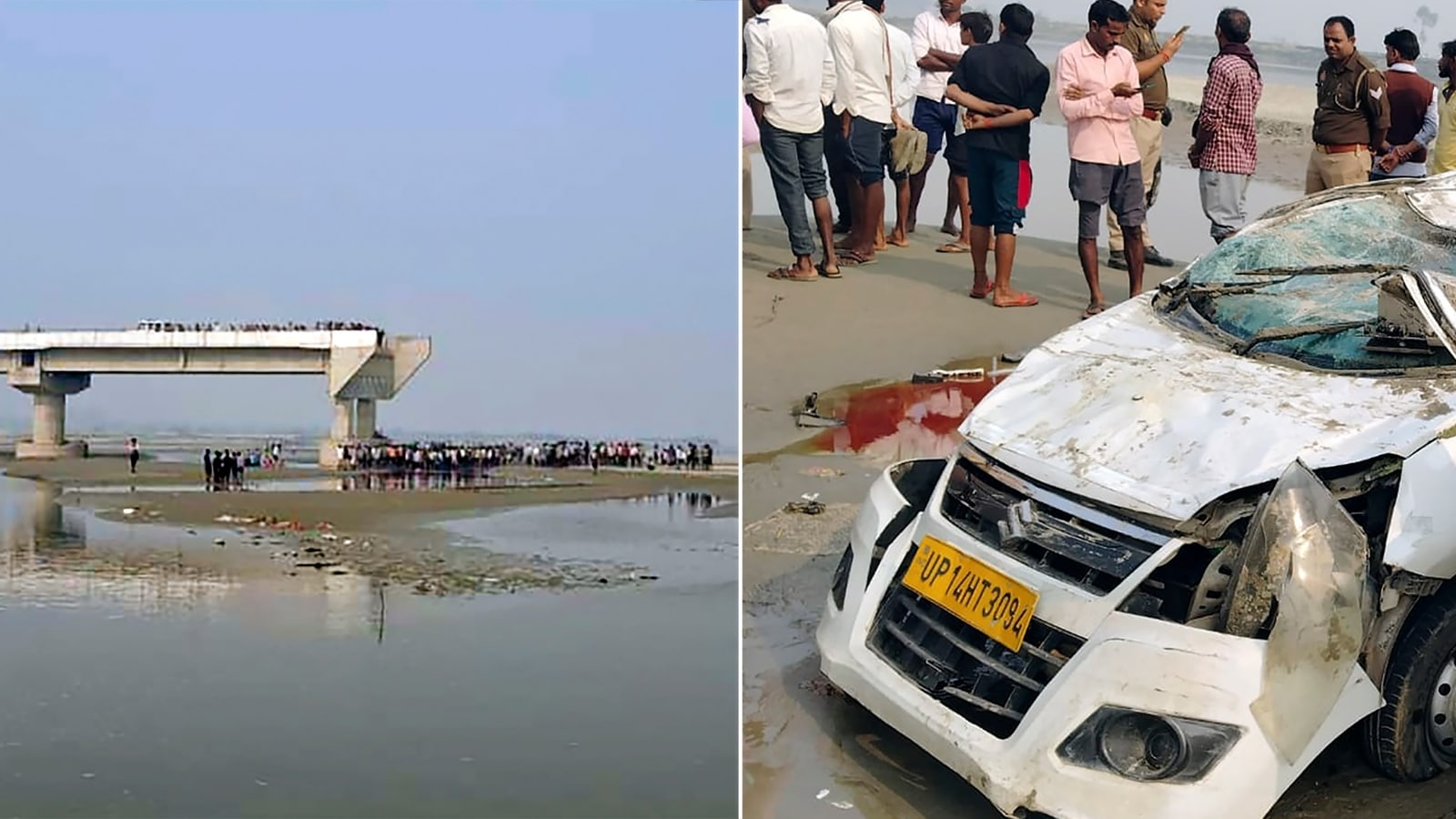In a tragic incident on Saturday night, three men from Uttar Pradesh lost their lives when their taxi plunged off an incomplete bridge over the Ramganga River in Faridpur, Bareilly district. The victims were traveling from Gurugram to Bareilly and had been using Google Maps to navigate from Dataganj in Budaun to Faridpur via Khallpur. Unaware of the bridge's unfinished state, their reliance on the navigation system ended in disaster, raising serious concerns about the accuracy and reliability of GPS navigation systems like Google Maps, especially in areas with incomplete or misleading infrastructure data.
This incident sheds light on the growing issue of over-reliance on digital maps, prompting an important question: Is using online navigation systems like Google Maps always the best choice? What about when there's no internet? Here's a comparison of Google Maps' online and offline features to help you navigate the risks and benefits.
Also read: Google Maps Accident: 6 life-saving tips to avoid mishaps while driving in India
Online Maps: The Real-Time Advantage and Its Challenges
Online maps connect to Google's servers to provide real-time data, such as traffic updates, route optimisation, and local business information. These maps rely on continuous internet connectivity to function, which can be a double-edged sword.
Pros of Online Maps:
- Real-Time Data: Google Maps offers live traffic conditions, the latest business details, and the most efficient routes.
- Rich Features: Users can explore Street View, 3D buildings, and personalized recommendations.
- Automatic Updates: The maps update continuously, keeping you informed with new details as they emerge.
Cons of Online Maps:
- Internet Dependency: A stable internet connection is essential. In areas with weak or no connectivity, the map becomes unusable.
- High Data Usage: Streaming constant updates can quickly deplete your data allowance, leading to high costs, particularly for users with limited data plans.
- Privacy Concerns: Sharing your location data with Google can raise privacy issues, as it sends information back to Google's servers.
Also read: Tired of spam calls and messages? Here's how you can easily block them on Jio forever
Offline Maps: Reliability Without the Internet
Offline maps, in contrast, download a specific area of the map, allowing users to navigate without needing an active internet connection. This can be a lifesaver in areas with limited connectivity.
Pros of Offline Maps:
- Uninterrupted Navigation: Navigate freely in remote areas, such as mountainous regions or forests, where internet access is scarce.
- Lower Data Usage: Offline maps do not require a data connection, saving both money and battery life.
- Increased Privacy: Because the maps are stored locally on your device, less location data is shared with external servers.
Also read: HMD Fusion with 108MP camera and Gaming Outfit launched in India: Check specs, features and more
Cons of Offline Maps:
- Limited Functionality: Offline maps lack key features like real-time traffic updates, dynamic routing, and changes to business information.
- Manual Updates: To keep your offline maps current, you must manually download the latest data, which can be time-consuming.
- Limited Coverage: Offline maps typically cover only a small region, meaning users need to download additional areas for different locations.
Ultimately, whether you rely on Google Maps online or offline depends on your specific needs and location. While online maps provide real-time updates and a wealth of features, offline maps offer a reliable backup in areas where connectivity is an issue. As we continue to integrate these tools into our daily lives, it's important to understand the advantages and limitations of both options to ensure we use them effectively and safely.
 3 hours ago
2
3 hours ago
2



















 English (US) ·
English (US) ·